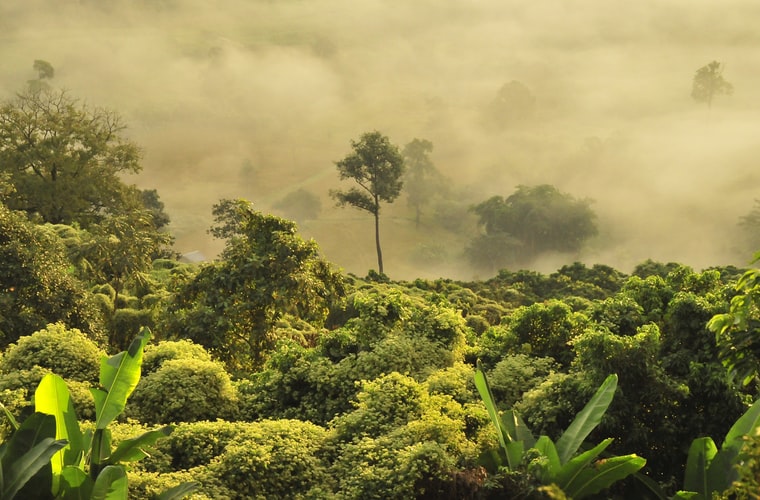The face of the earth has evolved a lot and so should our strategies and methods to analyse and protect it. Conservationists have always had a standard solution to any possible issue: protect natural areas from human influence. However, the recent study deep dives into this concept and understands that “humans don’t have to be removed,” to save the world’s species.
The study takes into account Earth’s land use 12,000 years back and tries to debunk the myth that humans lie at the crux of any environmental problem. The real villain is in fact overexploitation of resources, as explained by the author. The analysis depicts that even in the time of mammoths, just 27% of the planet was untouched by humans, compared with 19% today. The team found statistical associations between ‘current biodiversity hot spots and past land use suggesting that ancient people played a role in preserving, or even creating, these hot spots, including the Amazon and the Congo.’
The shift was seen around the 19th and 20th centuries when intensive agriculture, urbanization, large-scale mining, and more started taking centre stage in the course of development.
The results “illustrate the fallacy of the concept of pristine nature untouched by human hands,” says Ruth DeFries, a sustainability scientist at Columbia University who was not involved with the study.
Based on another recent study, it has been estimated that less than 3% (2.9%) of the land surface can be considered to be ecologically intact with minimum loss of original animal species.
The research, published on Thursday in the journal Frontiers in Forests and Global Change, shows the human damage to habitat with maps showing where animals have disappeared from their original ranges or below the healthy standards.
“Areas identified as functionally intact included east Siberia and northern Canada for boreal and tundra biomes, parts of the Amazon and Congo basin tropical forests, and the Sahara Desert,” according to the writers of this study.
Role of indegenous people in conservation
Various studies across nations and cultures have shown that indigenous people are indeed playing an important role in safeguarding biodiversity. The traditional practices have helped the system flourish.
Every indigenous group has in some way or the other helped in the preservation of the resources through their cultural practices that are very much suitable for co-existing with the other forces of nature. The most important thing one can do is to preserve the land and nourish is to strategically help the indigenous people and provide them with financial assistance.

